Have you ever observed your cat has become fat and gain too much weight? But how do you tell whether your cat is obese? Cats are prone to gaining weight, especially as they age and their metabolism slows. Continue reading to know if your cat is healthy or if it’s time to restrict her diet and trim those extra pounds under her fur.
Learn how to help your feline companion lose weight in this article!
What Is Obesity in Cats?
Feline obesity is commonly defined as a bodyweight that is 20% or more above normal, and it is the most common nutritional problem among domestic cats. Its clinical indications are obvious, and if they are detected, they should be regarded seriously and addressed as soon as possible.
What Causes Obesity in Cats?
Obese cats have a nearly threefold greater mortality rate than normal-weight cats, and a variety of risk factors for obesity have been identified:
Extra Food: If your cat overeats and exercises too little, the surplus energy may be deposited as fat. As simple as it is, it is regarded as the most common cause of cat obesity.
Age: Younger cats, especially those under the age of two, have less of a problem with their weight. Older cats between the ages of 2 and 10 need less energy to function than younger cats and are more prone to obesity.
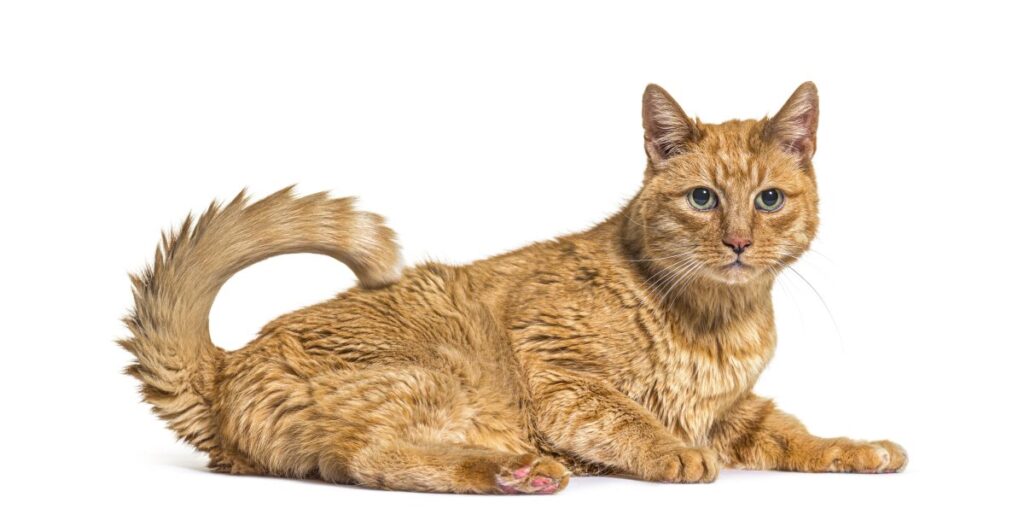
Lack of Activity: A lack of activity or play can cause your cat to gain weight. If your cat doesn’t have any toys or opportunities to be active, she’ll become bored and, as a result, gain weight.
Breed: Your cat’s weight may be affected by its breed. A feral cat, for example, is more likely to be obese than a purebred. Obesity has been found to be more prevalent in certain breeds, such as Manx and Russian Blue.
Medical causes of feline obesity include hypothyroidism, an overactive adrenal gland, and an insulin-secreting tumor. Thus, it is critical to begin preventing obesity at a young age.
How Would I Know If My Cat Is Obese?
It can be tough to see whether your own pet is overweight. The weight increase is so slow that you’d hardly notice it. But every now and again, you’ll notice a difference in your cat’s appearance. In most circumstances, it is your veterinarian who will identify the issue.
Run your hand softly along your cat’s backbone and ribs the next time you stroke her. You should be able to feel the bones of a healthy cat without pressing too hard. If you can see the bones, your cat may be underweight. If you can easily feel the backbone of your cat, it is overweight. If your cat’s weight is gaining at a faster rate, she may acquire sickness.

Health Issues in Obese Cats
Overweight and obese cats have the same health problems as obese humans. Some of the common health problems that your obese cat may have include:
- Obese cats are more likely to develop the fatty liver syndrome, a potentially lethal illness.
- Excess weight also hinders cats from grooming themselves correctly, resulting in matted and dirty fur.
- Excess weight puts a strain on joints and makes it difficult for cats to be active and exercise.
- Diabetes (Type 2) is becoming more common in cats, frequently caused by obesity.
- Obese cats frequently develop skin folds, also leading to inflammation and infections.
Your cat would be at risk of having some malignancies as well. Furthermore, they will have a shorter life expectancy than they would if they maintained or approached their target weight.
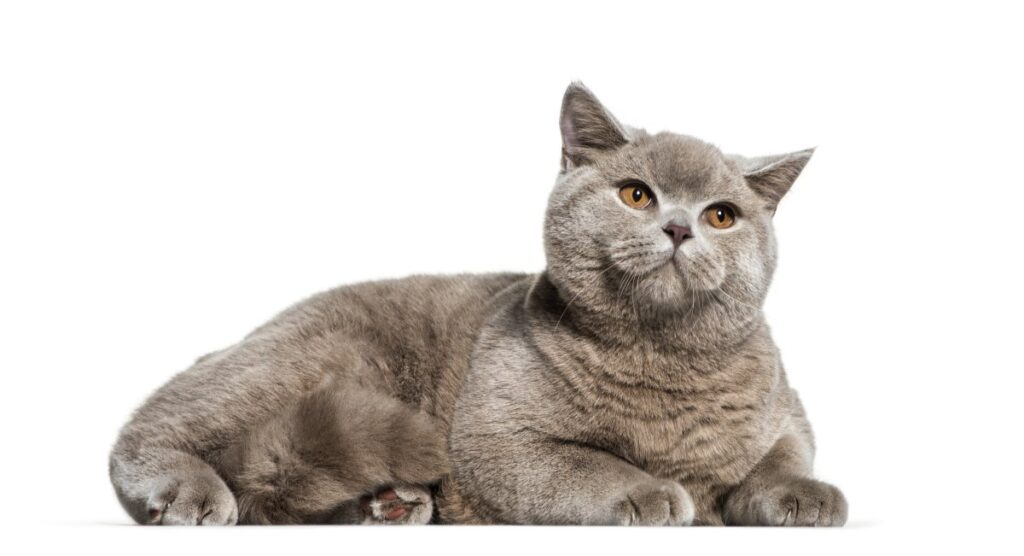
Tips on How You Can Keep Your Cat Healthy
If you’re concerned about your pet’s weight, there are a few simple changes to keep them healthy. If your cat is already overweight, see your veterinarian for assistance on how to begin the process. Shedding weight too rapidly is not healthy for anyone, and it’s critical that you assist your pet in doing so in the healthiest way possible.
To lose weight, your cat must burn more calories than it consumes by doing the following:
• High-Quality Food
While you do not have to buy the most costly food from the market, it is critical to select a product that fits your cat’s nutritional demands. Make sure to choose a formula that is appropriate for their life stage as well. If you need a more specific recommendation, your veterinarian will gladly assist you.
• Avoid Treats
Treats should be avoided or used sparingly as rewards when training or providing medication. Many cooked veggies make excellent cat treats. Consult your veterinarian for advice on the best treats for your cat. When you give your cat more goodies than normal, reduce her regular meal ration for the day.
• Scheduling Meals
Though many cats like nibbling on their food all day, it is preferable to put cats on a feeding schedule rather than allowing them to feed freely. You’ll know exactly how much your cat is consuming this way. Food can be put out for a half-hour, twice or three times each day. Cats with health issues, such as diabetes, may require unique nutritional patterns, so consult your veterinarian before changing the feeding schedule.
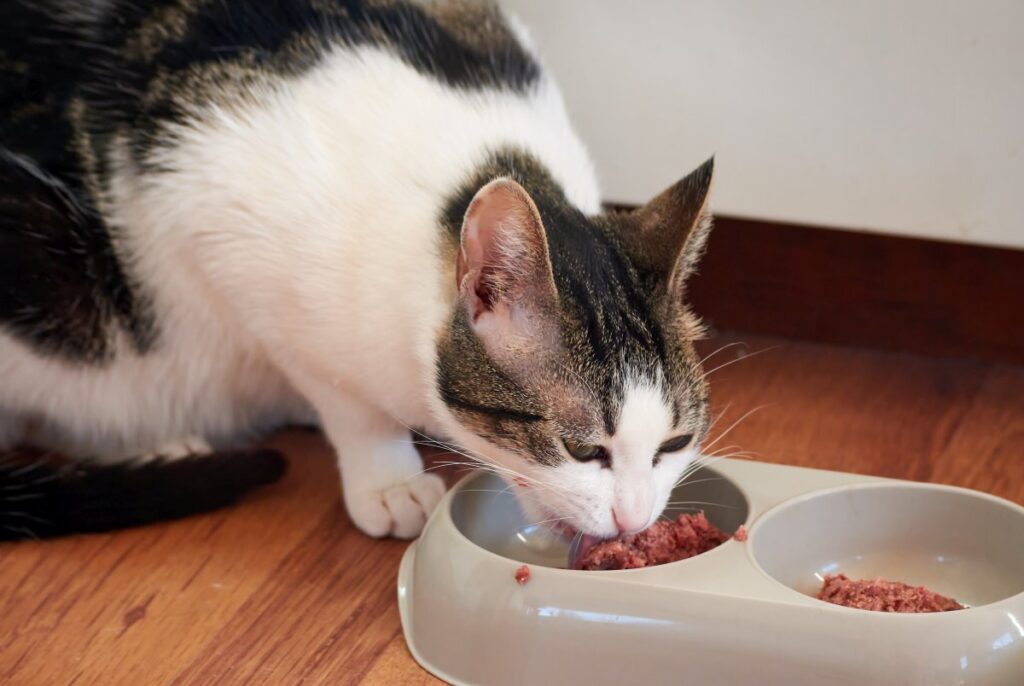
• Visit the Vet
It’s easy to overlook a minor increase in your cat’s weight. Unfortunately, even a few additional pounds might raise your cat’s chances of developing health issues. During annual wellness exams, your veterinarian evaluates your cat’s weight and body condition and might provide some healthy food tips if she has begun to gain weight.
• Exercise
Exercise is another crucial factor in helping your cat decrease weight. This is a fantastic method to keep her engaged and to move. You may also acquire a harness and leash for your cat and take her for daily walks. If you do this, be careful to consult with your veterinarian regarding parasite prevention. Climbing towers, scratching posts, and cat toys are some more objects that can be supplied to enhance activity. Schedule at least one play session per day with your cat using an attractive toy.
The amount of time it takes your cat to lose weight will depend on how much weight she needs to shed and how much exercise she gets. Your cat’s weight should be examined every two to four weeks during the diet phase.
What Happens When Your Cat Achieves Their Weight Loss Goal?
It is critical to maintain the ideal body weight and condition once it has been achieved. Again, the veterinary health care staff can assist you in determining a proper meal and quantity size for weight maintenance.
Portion management is essential at this point to avoid regaining weight. A recurrence of obesity would be awful after all of your hard work, and cats are no healthier than humans when it comes to weight cycling. The advantages of normalizing body weight and condition make an effort worthwhile.
The Bottom Line
Obesity can have a detrimental impact on a cat’s health and shorten its lifespan. To keep cats happy and healthy, provide balanced food, plenty of toys to keep them active, and, of course, big hugs.

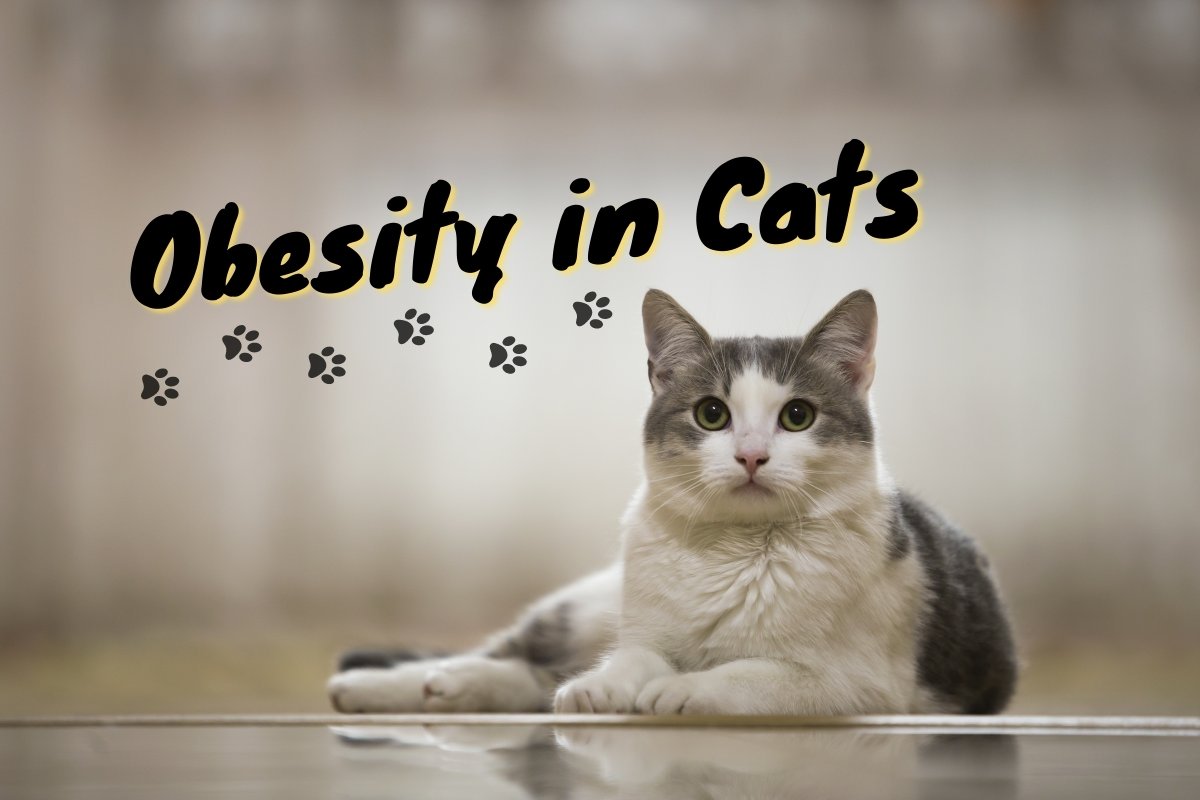
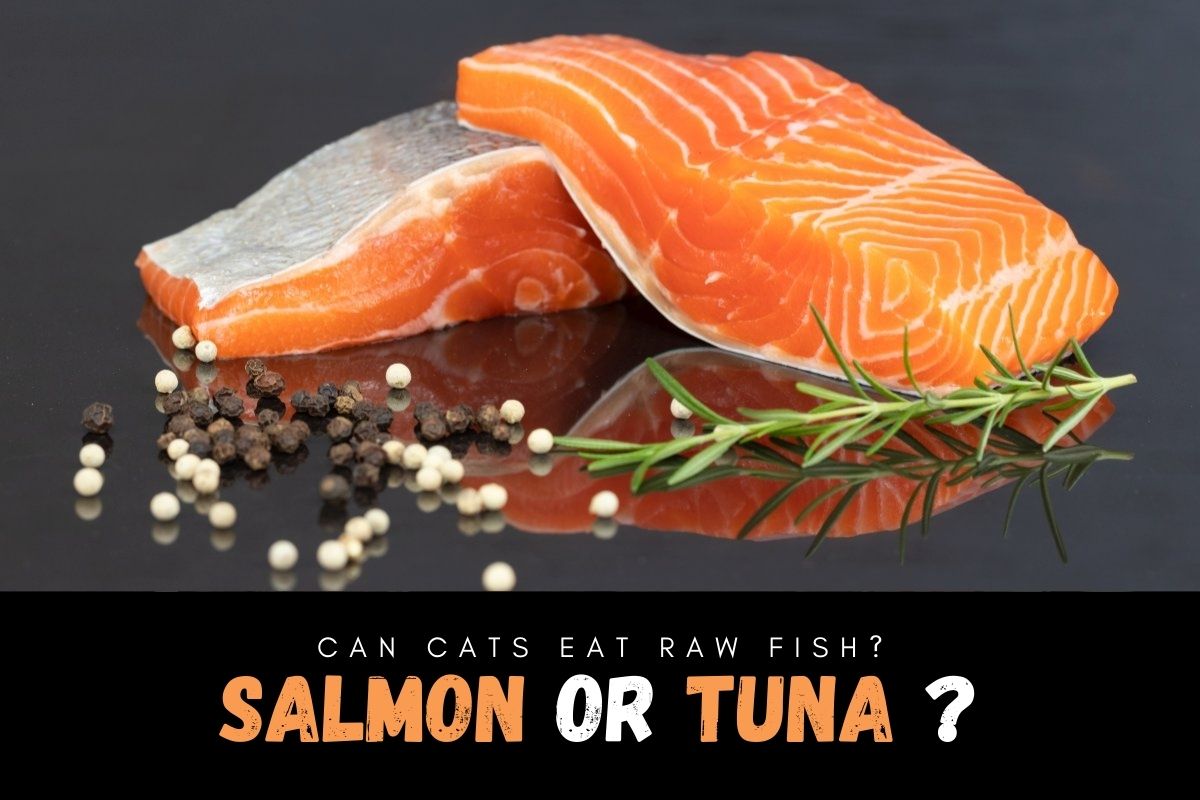
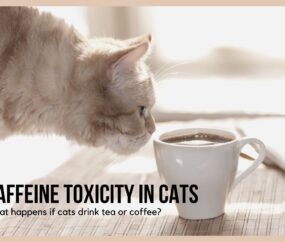
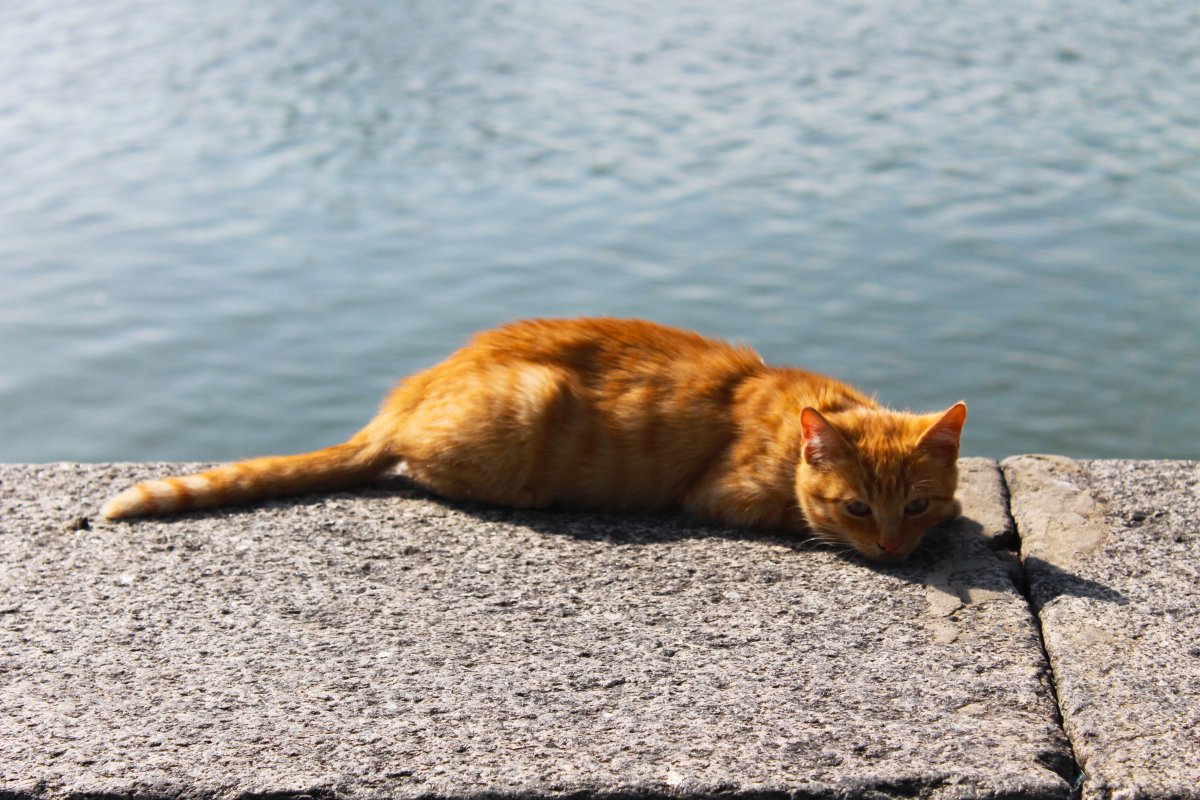
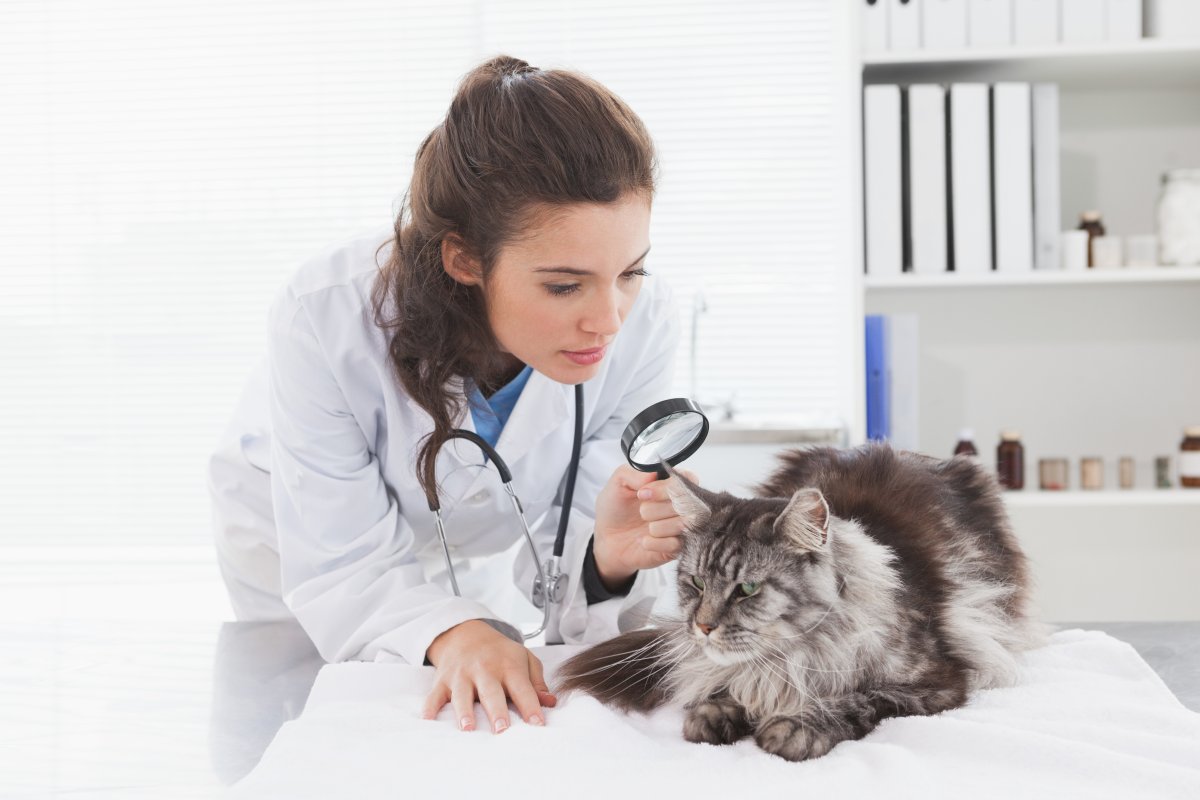
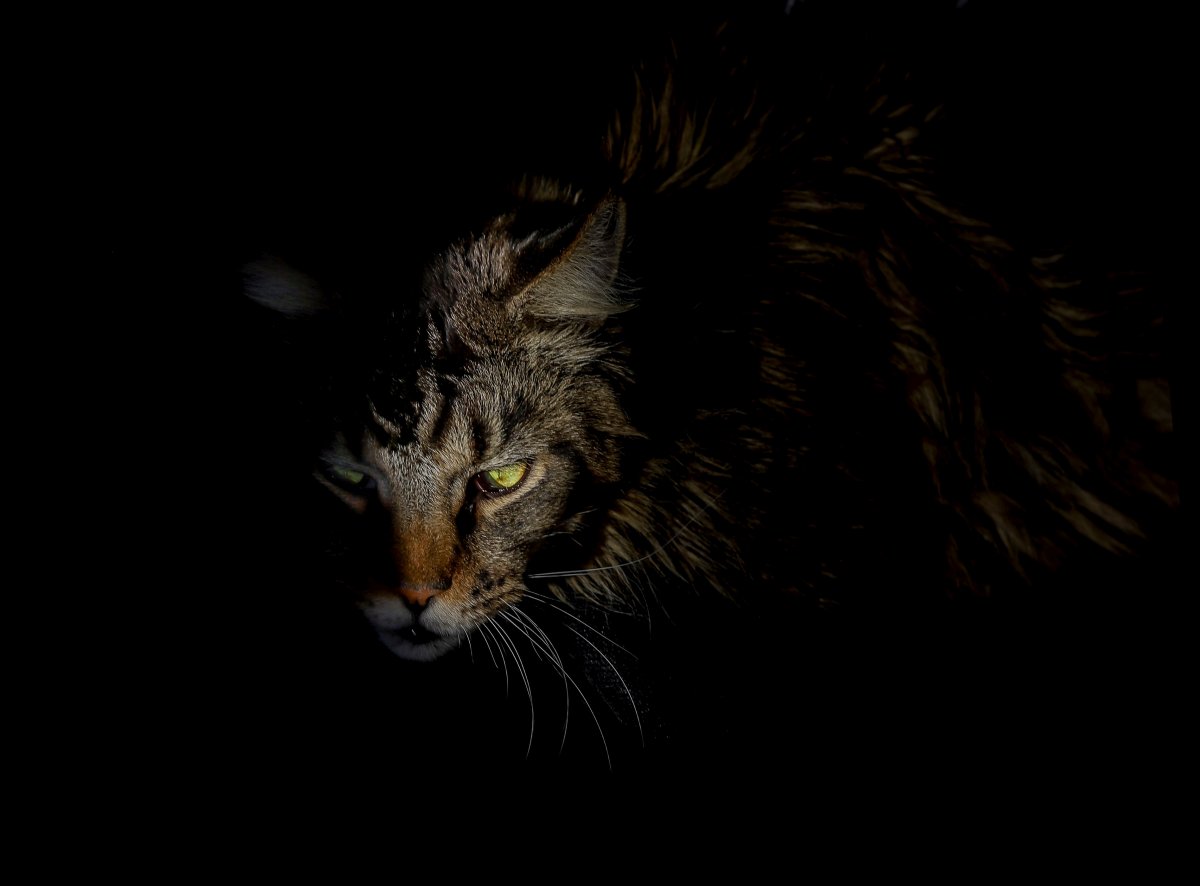
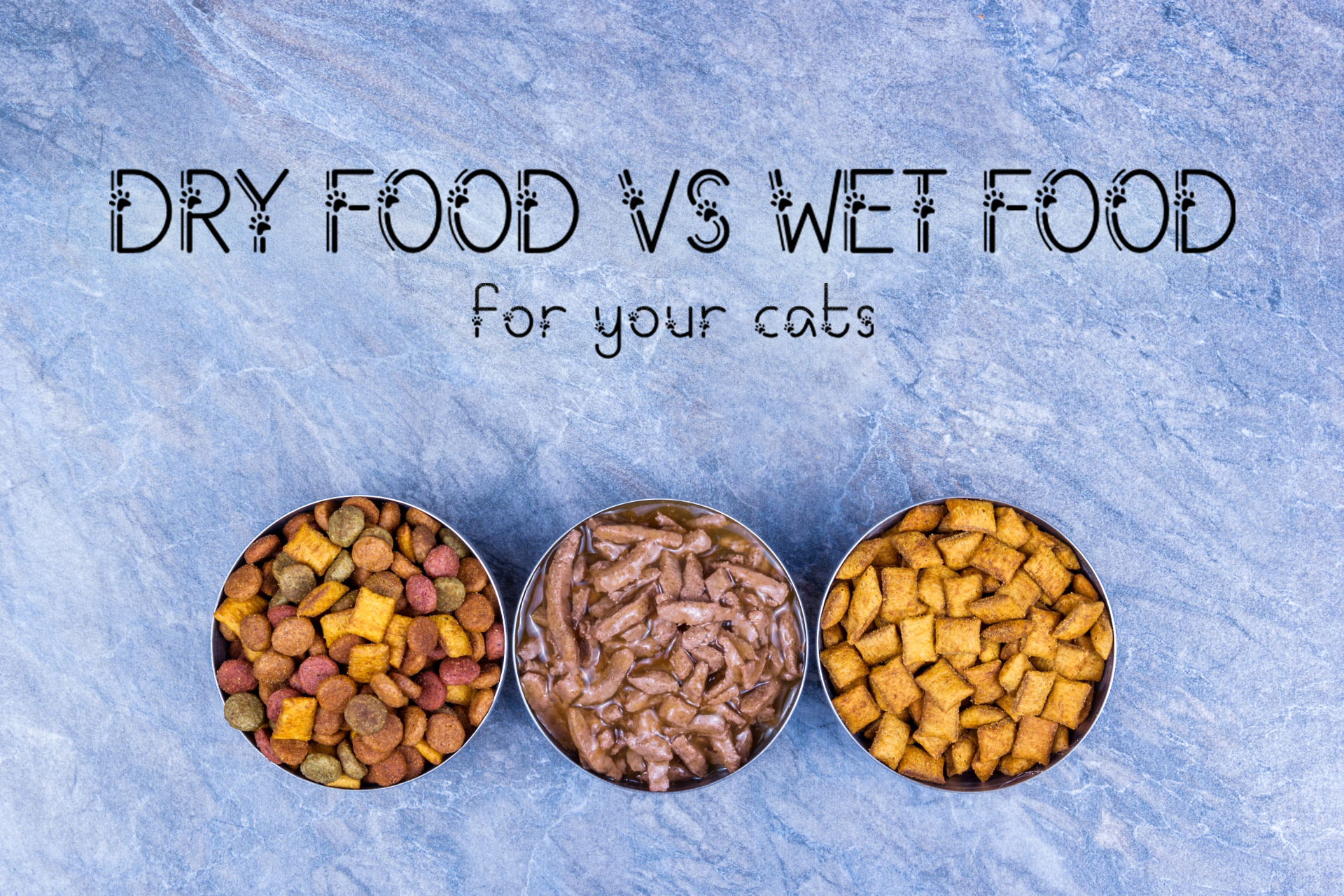
2 comments